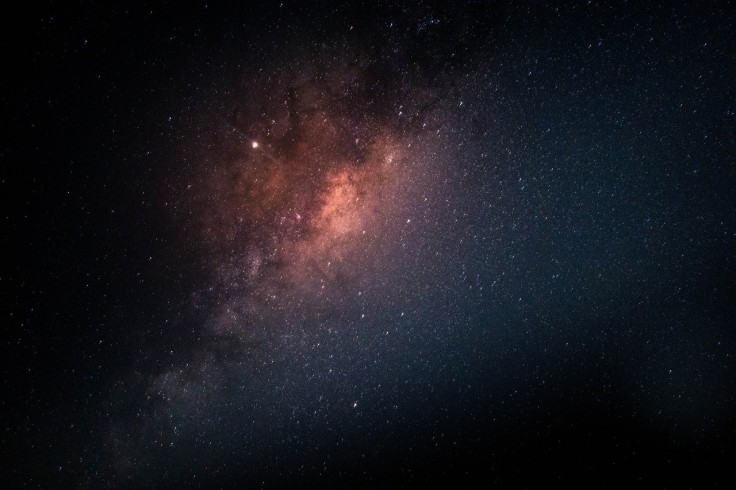
A month after things went back to normal since its shutdown due to a faulty payload computer, the Hubble Space Telescope has resumed sending breathtaking images of the cosmos.
This includes a dazzling image of AFGL 5180--a star nursery in the Gemini constellation--wherein a massive star is forming as it blasts cavities using powerful jets, extending to the top and bottom left of the image, NASA said in a statement. Light from this star seems to be escaping and illuminating the cavities, just like how a lighthouse would pierce through the storm clouds, NASA added.
A stellar entrance into the universe 💫
— Hubble (@NASAHubble) August 13, 2021
This #HubbleFriday features AFGL 5180, a stunning star-forming region in the constellation Gemini.
A massive star emerges in the center, blasting cavities and illuminating its cloudy, dusty surroundings. Read more: https://t.co/G5phddL5h3 pic.twitter.com/SA13jQgUEo
AFGL 5180 is a nebula located 4,900 light years away and part of the Gem OB1 molecular star complex, Science Alert noted.
NASA Hubble Images: Star Nursery Shows Star Forming Process
A closer look at the image would unravel two beams from behind a fold in the cloud, stretching to the top right and bottom left--a sign that a star is growing. While the material is drawn to the star due to gravity, it begins to interact with the complex magnetic field, producing strong plasma jets that streak over the rotational axis. The plasma jets would only last as long as material is drawn to the star.
As such, when the star completes its growth, the jets will fade. Such jets prevent the star from growing ridiculously enormous by pushing back material out of the gravitational pull near the star. Once thermonucluear fusion occurs in the star's core, stellar winds would also tend to push the material away, per Science Alert.
This spectacular image shows how our own Solar System could have formed billions of years ago.
Stars are formed in dusty clouds that turn into clumps. As gas and dust are drawn into the clumps due to gravity, they start to grow. These clumps would then grow so large and dense that they collapse into stars. As a protostar begins to spin, the dust cloud's material forms a disk, reeling into the baby star, attracted by its formidable gravitational pull.
For a star to grow from a dust cloud to its shining, glittering state, such as the Sun, development should take about one million years, Digital Trends revealed.
Hubble Space Telescope's WFC3 Lens Makes Viewing Star Nurseries Clearly
Thick dust regions are important for star formation, but it could pose a problem for star watchers on Earth. Astronomers stressed that while the dust could offer fascinating images, they can prevent them from viewing embedded stars. But because of Hubble's Wide Field Camera 3 (WFC3), wherein detailed images of visible and infrared light can be captured, growing stars in such nurseries as AFGL 5180 can be observed much more clearly, Hubble scientists said in a separate NASA post.
The use of infrared lets astronomers view through the dusty environment and peek into what's largely unseen. This approach was likewise used when astronomers looked through the clouds of Jupiter and observed gas movements at the center of the galaxy, Digital Trends added.
Related Article : Hubble Space Telescope Is Back! NASA Addresses Major Computer Glitch









